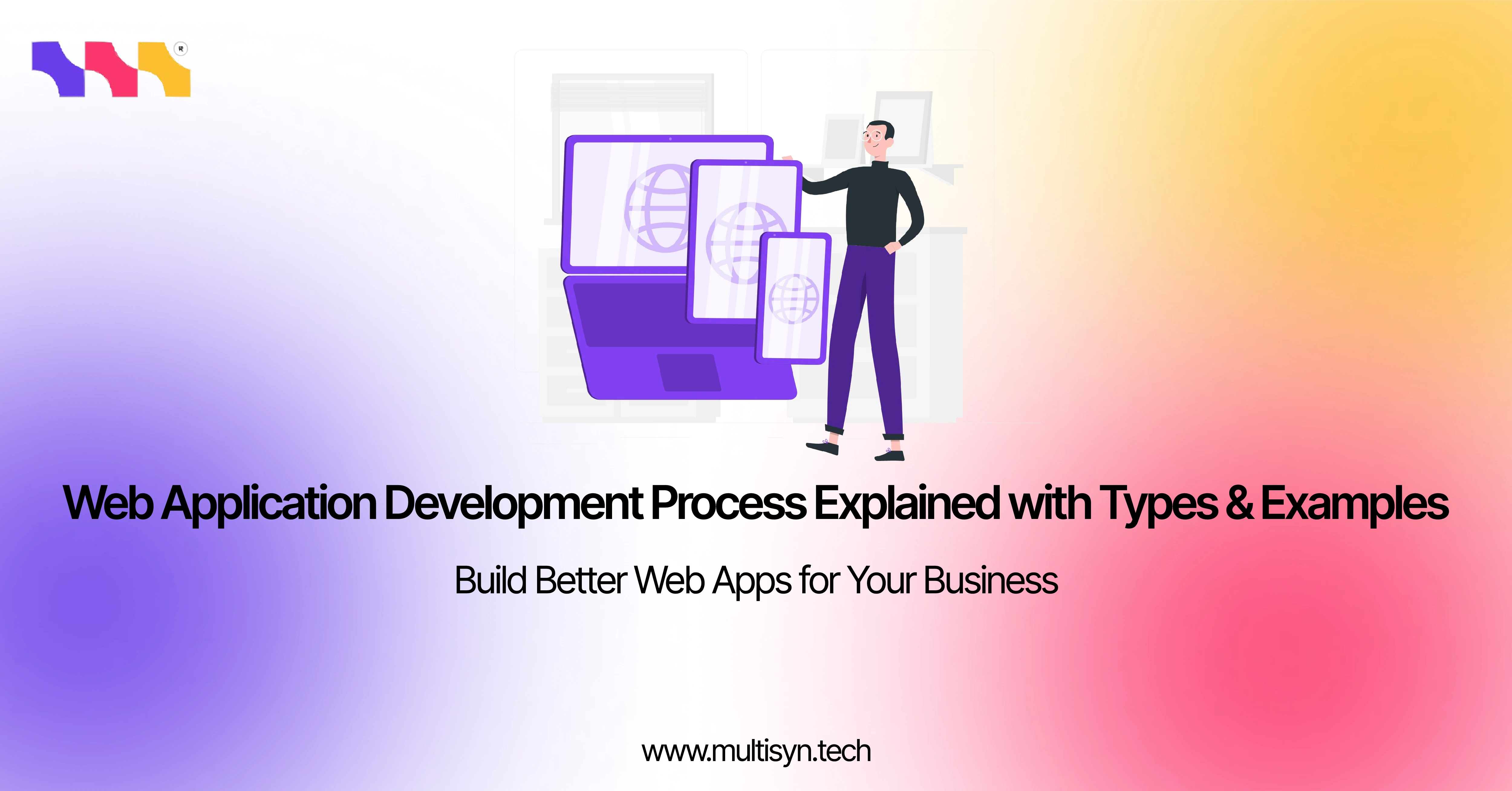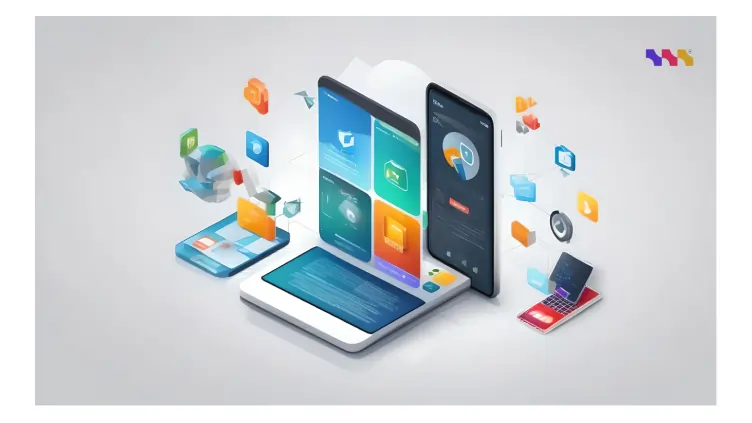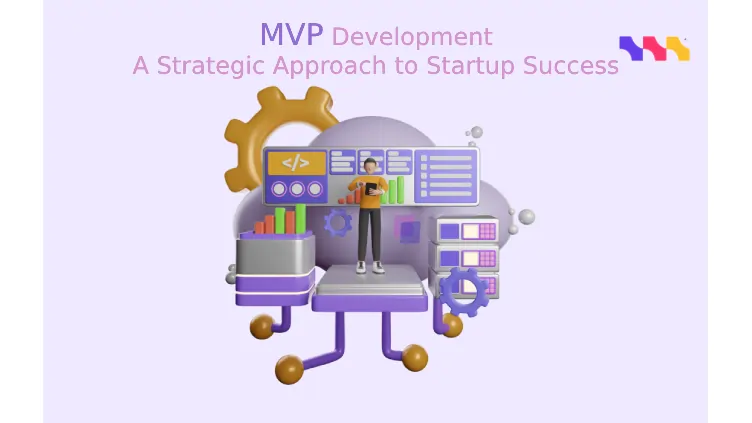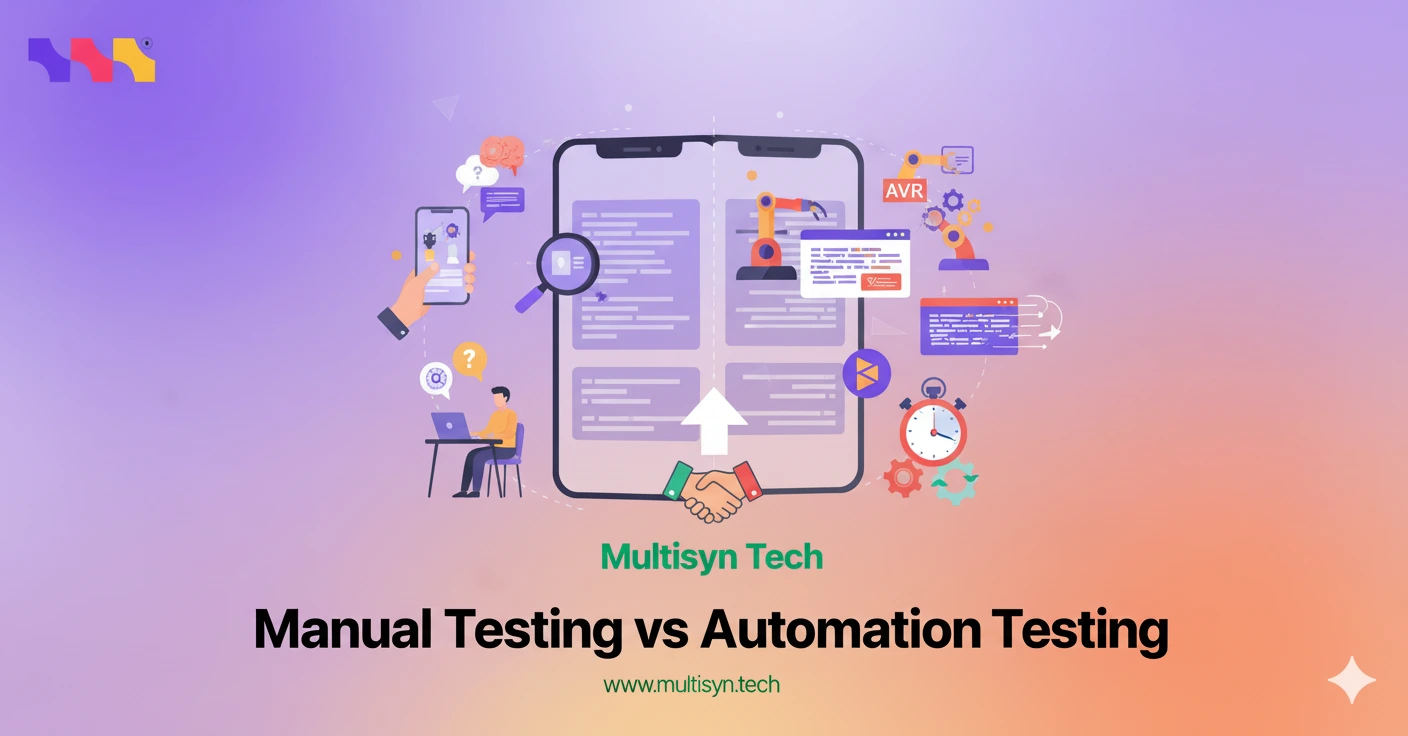
Multisyn Tech Pakistan’s premier software development firm delivers rapid MVP development, high‑performance web and mobile apps, cloud‑native SaaS products, and scalable custom software. Our agile teams validate, build, and optimize your idea fast with expert UI/UX, QA, and DevOps, so you launch sooner and grow faster.
Introduction
The field of web applications has become one of the key features of contemporary businesses and digitalization. As the number of companies continuing to go online continues to grow, the number of web applications that have been in demand has also shot through the roof. Whether the company is simplifying its internal procedures or offering its clients an efficient, smooth digital experience, the web application nowadays has become a crucial ingredient of success. In this blog, we are going to discuss the process of web application development, different types of web apps, and give some examples of how this technology can catapult your business.
Web Application Development Process
Web application development is a complex activity, and it involves a thorough comprehension of the needs of the user as well as design and coding aspects. It is possible to establish a few stages of the development process, each of which is aimed at particular goals that guarantee a high quality of the product.
1. Gathering and Requirement Analysis
The initial step in the development process of the web application is the requirements gathering and analysis. This phase consists of consultations with stakeholders to get to know about their business goals and the needs of users. With the gathering of rich information, the developers would be in a position to make sure that the web app does not disappoint in any way.
At this stage, such determinant factors as user roles, data flow, and expectancy of functionality are decided. The stage of analysis lays the groundwork for the architecture and design of the app.
2. Prototyping and Planning
Planning and prototyping come in after the requirements have been understood. At this phase, it is the creation of a prototype of the web application that is intended to display its look and feel. Reflectively, this prototype enables the stakeholders to see the end product and review it before the development of its shape and form.
Prototyping can be used to ascertain whether the design is easy to use and provide a proper path to be followed in the developmental stage. Another step that will be done during the planning phase is the definition of the tech stack, i.e., programming languages, frameworks, databases, etc
3. Architecture And Design
During this stage, the user interface (UI) design and user experience (UX) design are of primary consideration. The design of the app, colors, fonts, and other visuals are completed in order to produce an interesting and straightforward user interface. At the same time, the technical architecture is designed in a way that it is scalable, secure, and has performance.
During the design stage, wireframes, mockups, and user flows are usually created to have a clear visual picture of the application. The architecture makes sure that the web app will be responsive and will operate on many devices and browsers.
4. Development
The development phase covers the coding part of the web application. The first step is installing the back-end and front-end of the application. The front-end developers work on the client side of an application, i.e., the user interface, interaction, or communication. In contrast, the back-end developers work on the server-side logic, databases, and APIs.
At this stage, programmers also incorporate security to secure the data of the user and ensure that the application will live within privacy guidelines. The step is a repeatable one and may involve a number of testing iterations.
5. Quality assurance and Testing
Testing and quality assurance (QA) are the key concepts to ensure the web app functions correctly. Several tests are provided to be performed by QA testers, including functional testing, security testing, usability testing, and load testing, to detect and relocate bugs when the app is still in the development phase.
The performance testing is another crucial aspect to guarantee that the web app will be able to address spikes of traffic and offer a high-quality user experience. The testing stage aids in the identification of arising problems that may impair the functioning, usability, or safety of the app.
6. Installation and Service
When an app is ready, it is on the testing stage, after which the deployment stage follows. At this stage, the web application is released into the production environment, which is where users will be able to access it. Constant tracking will guarantee the smooth work of the app and the elimination of such problems as performance and bugs.
The development of Web applications is not only once-upon-a-time programming, but should instead be continuous, as far as maintaining the app in touch with the new security patches and technology updates. The long-term maintenance plan includes regular updates, bug complaints, and performance improvements.
Web Application Development Types
A web application comes in various types, and they are created to serve different functions. Categorization of the applications available as web apps can enable companies to make proper decisions when developing web apps.
1. Dumb Web Applications
Web apps that are the most elementary are the static ones. They are composed of pre-set content that does not vary due to the actions of the users. Businesses that require presentation of information like the company profile, contact information, and profiles are ideal to be made using static websites.
These web applications are not complex to build and are usually quicker to load. Nevertheless, they are not as functional as dynamic web applications are.
2. Web Dynamic Applications
Dynamic web applications are of a more complicated nature, and they can interact with the user. These web apps react to user input and are dynamic, meaning they can have anything on the run depending on user behavior or any other input. The dynamic sites are best suited to companies with requirements such as product catalogs, user dashboards, and real-time updates.
Dynamic web applications can be created using technologies like JavaScript, PHP, and databases, such as MySQL or MongoDB.
3. Single-Page Applications (SPA)
Single-page applications (SPAs) aim at supporting the concept of current user experience through the process of loading content dynamically into a single Web page. The SPAs load the whole application only once and update and refresh content about how users are interacting with it, which does away with the reloading of pages.
Social media websites, messengers, and online emailing services, in general, can be performed with SPAs, which are loaded quicker and support fluent communication.
4. Progressive Web Applications (PWA)
The best part of the web and mobile applications is incorporated into progressive web applications (PWAs). They are rapid, trusty, and can be utilized offline, which makes them a top-notch option in case of any business seeking to have a native-like use without necessitating the installation of an app in the app marketplaces.
The PWAs can be installed on the devices of users, offering them a home-screen icon and offline features as they remain accessible and cross-platform compatible, just like a web app.
5. Web Applications of E-commerce
An e-commerce web app is created to allow companies to sell goods or services via the Web. Such Apps have provisions of product catalogue, shopping carts, payment gateways, and order processing systems.
The nature of E-commerce web apps is frequently that they need to be highly secure and scalable to accommodate the high volume of traffic and estimations, which is an obligatory element of any online store business.
Web Applications Examples
The following are some of the most common web applications that portray the versatility and wealth of this technology:
1. Google Docs
Google Docs is a word processing application with cloud storage that enables creation, editing, and sharing of documents in real time. It is a demonstration of a dynamic, collaborative web application, which gives a fluent user experience without the necessity to install software.
2. Netflix
Netflix is a famous streaming platform that provides fast video streaming by means of a dynamic web app to its audience across the globe. The convenient design of the platform and the possibility to interact with it, namely recommendations and playlists created according to your preferences, represent the effectiveness of contemporary web app development.
3. Shopify
Shopify is an online store-selling platform that allows organizations to create online stores and sell their goods. It has a web application that helps manage products and orders, and payment integration, which makes it a very crucial tool in small to medium-sized business activities.
4. Twitter
Twitter is an active social network that has the characteristics of a single-page application (SPA). The application enables the user to tweet, follow, and communicate with other users in real life, without loading pages, thus giving them a smooth and enjoyable process.
Web Application Development and Design: Why Multisyn Tech?
At Multisyn Tech, our products will be the development of innovative web applications that will be designed to suit the needs of your business. You could use a proprietary e-commerce system, a business performance interactive dashboard, or a progressive web app that renders on any device; we have the skills to make your ideas a reality.
We have a team of highly skilled developers and designers who will partner with you to understand your expectations and ensure that we come up with a high-quality, scalable, and secure web application. Our thoughtful approach to user experience, performance, and development of long-term support capabilities provides your web app with everything necessary to make it successful in the busy world of modern business.
Conclusion
Web application development represents a potent weapon for business owners interested in increasing their online presence and the experience of their users. Being aware of what the development process entails, its types, and the various examples, you will be able to make the right choice on what fits you best. Be it a small static site or a feature-rich dynamic web application, Multisyn Tech is in a position to assist you every step of the way to a successful business.
To know more, you are more than welcome to contact us at Multisyn Tech, and we will make your digital ideas possible.
FIND US:
Multisyn Tech Pakistan’s premier software development firm delivers rapid MVP development, high‑performance web and mobile apps, cloud‑native SaaS products, and scalable custom software. Our agile teams validate, build, and optimize your idea fast with expert UI/UX, QA, and DevOps, so you launch sooner and grow faster.
Related Blogs

© 2025 MULTISYN TECH



